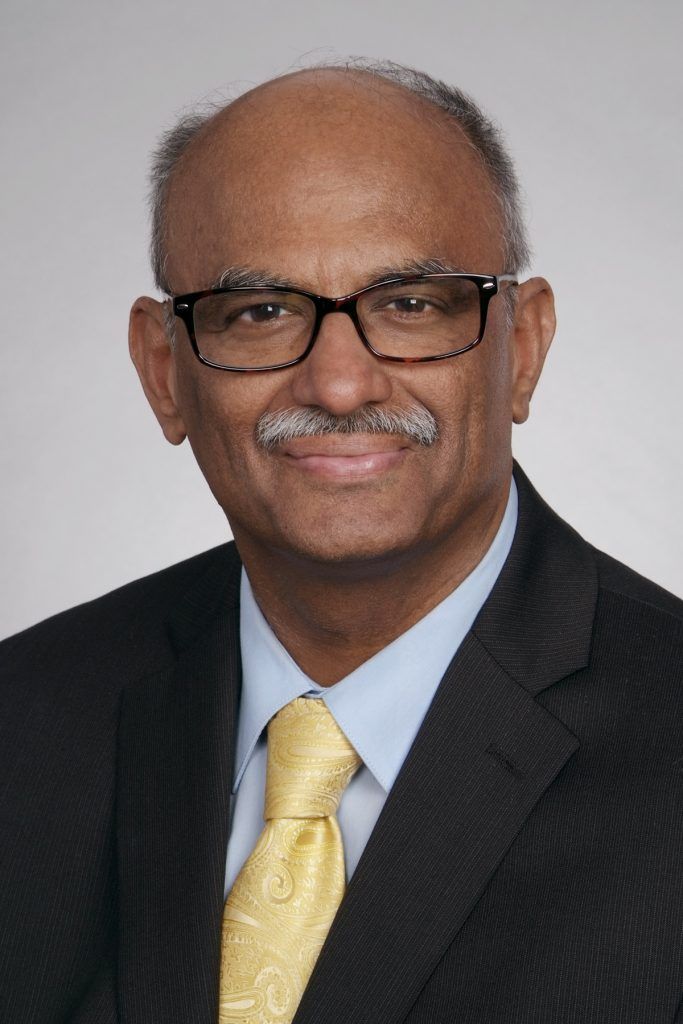Q: Why do you support DE and I for NLA?
A: Clearly, causes of health disparities are multifactorial encompassing the domain of Diversity, Equity, and Inclusion. Many are secondary to differences in risk factors versus disparities in addressing the risk and heterogeneity within ethnic, racial, and gender groups arising from biologic, environmental, and societal implicit bias. Many of the disparities are secondary to lack of Availability of resources, Accessibility to care, Affordability of diagnostics and therapeutics and Acceptability of provided care due to cultural nuances. (I call it the 4 As). From NLA perspective, an opportunity exists to improve D,E, and I to disseminate knowledge through evidence-based educational tools, provider education, and support (cultural competency efforts, language, proficiency and translator services, diversification of provider force) (Implicit bias self-assessment by providers and administrative staff), patient education and support (culturally sensitive and language appropriate educational tools), use of big data from the EHR to answer clinical questions and community based intervention with the help of navigators, promotoros, community healthcare champions, and lay health advisors.
Q: Do you have a story of being a victim or witness to gender, racial, or sexual harassment?
A: As a South Asian, I have had my own share of discrimination over the years. I don’t believe that gender disparity has been an issue with me personally, but I have known women professionals being harassed at the workplace many times. From an ethnicity perspective, it has mainly been a push back by professionals due to their own insecurity than my skin color or accent. Clearly an opportunity exists in education regarding cultural differences to cultural humility, acceptance and tolerance of each other’s differences, curiosity about the differences and cherishing the commonalities that bind us together and for better relationships, camaraderie building for better work environment, and best patient outcomes.
Q: How do you think DE and I improves patient care?
A: There is enough indication that evidence-based educational tools, community-based interventions (such as barber shop intervention for Afro-Americans in hypertension management), provider education, patient education and support, and enhancing cultural competency play an important role in mitigating disparities of care. Obviously, a lot more needs to be done. There are research gaps such as lack of inclusion of diverse patients in clinical trials, use of pragmatic clinical trials/leveraging big data approaches, use of mobile technology to impact health at primordial level in the underserved population, and phenotype and genotype driven targeted approach to NCD prevention. NLA has an opportunity to drive these discussions through collaborative approach. Provider-patient communication, nursing in-service training to provide health education with the help of bilingual community health workers, cultural competency training for providers, interpreter services, the use of multimedia and culturally sensitive videos to promote health, and community point-of-care testing services with use of lay health advisors may increase knowledge of the disease and promote greater uptake of preventative behaviors.
Q: What would you like for NLA to do to be more diverse, inclusive, and equitable?
A: NLA has a great opportunity to educate its staff and membership in many different ways to improve D,E, and I.
Provider education and support (cultural competency efforts, language, proficiency and translator services, diversification of provider force) (Implicit bias self-assessment by providers and administrative staff) are key to mitigate disparities. Sociocultural barriers to care are increasingly being recognized as a root cause of racial/ethnic disparities in health and health care; thus, to eliminate these disparities, NLA should provide avenues to its members to improve their cultural competence and highlight the importance of having minority healthcare providers as cross-cultural knowledge communicators.
Community-focused, culturally focused, and language-focused interventions demonstrated positive outcomes both in intermediate cardiovascular health and improvements in health behaviors. NLA has a prospect to impact these three overarching strategies that can provide a framework for providers to deliver culturally competent care.
In addition to these, the NLA, through their advocacy committee, can address policy gaps to harness the plethora of new initiatives for integration into local primary health-care systems and coherent national programs: from nutritional with use of right oil, reducing fried foods at restaurants and using alternate strategies in ethnic cooking, incentives at workplaces to maintain good health with check of health metrics on a continuum, partnering with local businesses, grocery stores and restaurants for change their policy in use of better cooking oil and without reuse to avoid fatty acid oxidation will all be beneficial in the long run. NLA has an opportunity to work with health education in middle and high schools and utilize non physicians such as teachers to improve overall health behaviors at grass roots level.
NLA should prioritize engagement with appropriations committee to fund large prevention centers of excellence around the country at a primordial and primary level and implement payment and delivery system reform interventions to accomplish these efforts.
NLA should work with training programs in residency and fellowships to prioritize diversity in the recruitment process and include required reading/modules on diversity literature for program directors as well as for trainees.
Q: How can we individually be more of an advocate for D,E, and I within the NLA?
A: Many individuals within the NLA leadership and membership are already involved in improving disparities of care. Many of us should come together to get a manuscript together to be published in JCL and disseminate the knowledge gained through health fairs, symposium, and webinars to gain traction with healthcare community and lay community in changing the landscape to improve accessibility to care, affordability of services, and acceptability from cultural nuances and entrenched beliefs. Each member should be actively recruiting more members to join NLA. As we keep D,E, and I in mind, we should encourage ethnically diverse physicians, advance practitioners, other healthcare workers such as pharmacists, nutritionists, and such to come together for the greater good of better patient outcomes.





.jpg)
.png)











